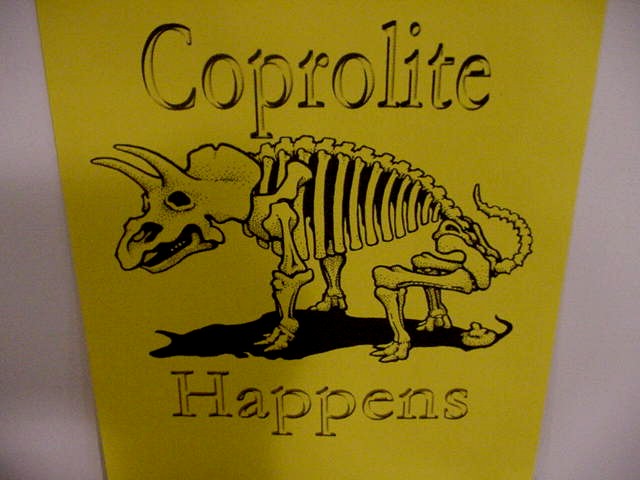
Friday, November 18, 2005
Ganges Grasses Grazed by Giant Gorgons
I think a few paleobotonists need to get off their asses and get to India to find some body fossils of grasses. According to a recent article distinctive silica crystals, characteristic of grasses, have been identified in dinosaur coprolites (fossil poop). Normally I'm fairly sceptical of evidence that has passed through the gut of a multi-ton herbivore but phytoliths (the silica crystals) are pretty straight forward and you can find them if you are intrepid enough to dig through modern herbivore dung. What bothers me here is a few things; that nobody has found cretaceous age grass pollen or body fossils. They've found close relatives of hops and hemp from that age, but no kentucky blue grass. Another thing that bothers me is that the article claimed that the dung belonged to a sauropod, a conclusion reached by the proximity of the pile to a skeleton of that type. It could very well be a sauropod dropping, but one has to remember that a dinosaur will leave behind many poops, but only one skeleton with the odds of them being preserved together rather low. Furthermore, one should not conclude that grazing on nutrient rich, rapidly growing grass was what enabled the sauropods to reach their terrible size. Quite the contrary really. Sauropods reached tremendous size in the early Jurassic, more than 70 million years before the first grasses. The fact that sauropods ate everything was more likely the selective pressure that allowed grasses to come into existence.


Subscribe to:
Post Comments (Atom)
No comments:
Post a Comment